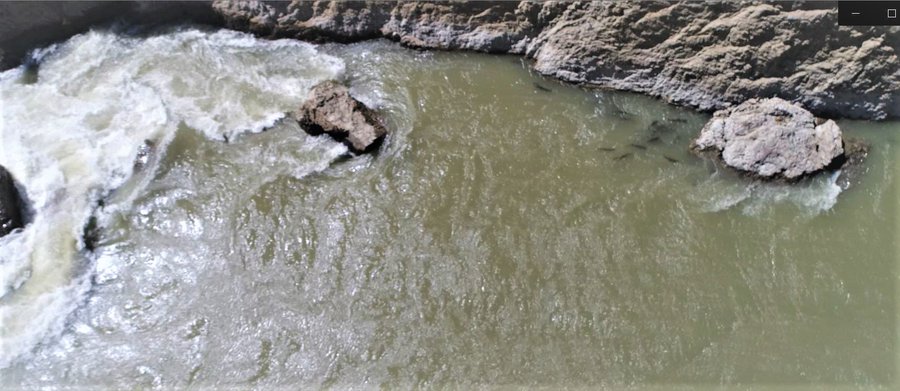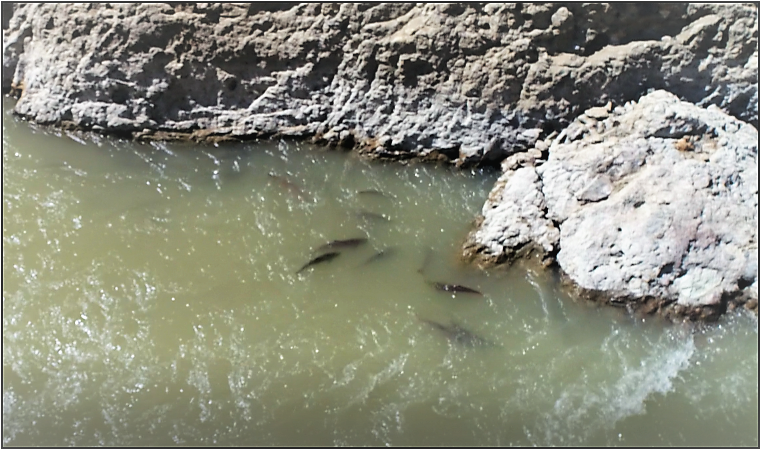GLG
Well-Known Member
Pacific Salmon Commision Report for Aug 23, 2019
The Fraser River Panel (Panel) met today to review assessment data on Fraser River sockeye and pink salmon. Despite the small increase in the Early Summer and Summer-run run size earlier in the week the current in-season Panel-adopted total run size of 557,000 remains lower than the lowest run size on record of 858,000 observed in 2016.
The landslide at Big Bar continues to be a major source of concern for the Panel as migrating sockeye salmon will need to pass this area to reach their spawning grounds. It is estimated that about 117,600 sockeye will have reached the Big Bar site as of August 22 based on abundances observed at Mission. Since August 12, limited numbers of Chinook have been able to migrate past the slide using the natural fish way created through rock manipulations. In addition 31,625 salmon (25,108 sockeye and 6,517 Chinook salmon) have been transported upstream from the slide via helicopter but only 52% of those transported are able to successfully resume migration. As a result of the restricted natural passage of Chinook and the helicopter transport, a total of 22,334 sockeye and Chinook salmon have now been estimated at the hydroacoustic site, 40 km upstream of the Big Bar site. Thus far, no natural passage of sockeye salmon has been detected. Efforts continue to improve natural fish passage through further rock manipulations and once road construction has concluded, salmon relocation efforts will be increased through additional truck transport using aerated holding tanks.
https://www.psc.org/download/598/2019/11877/august-23-2019-2.pdf
The Fraser River Panel (Panel) met today to review assessment data on Fraser River sockeye and pink salmon. Despite the small increase in the Early Summer and Summer-run run size earlier in the week the current in-season Panel-adopted total run size of 557,000 remains lower than the lowest run size on record of 858,000 observed in 2016.
The landslide at Big Bar continues to be a major source of concern for the Panel as migrating sockeye salmon will need to pass this area to reach their spawning grounds. It is estimated that about 117,600 sockeye will have reached the Big Bar site as of August 22 based on abundances observed at Mission. Since August 12, limited numbers of Chinook have been able to migrate past the slide using the natural fish way created through rock manipulations. In addition 31,625 salmon (25,108 sockeye and 6,517 Chinook salmon) have been transported upstream from the slide via helicopter but only 52% of those transported are able to successfully resume migration. As a result of the restricted natural passage of Chinook and the helicopter transport, a total of 22,334 sockeye and Chinook salmon have now been estimated at the hydroacoustic site, 40 km upstream of the Big Bar site. Thus far, no natural passage of sockeye salmon has been detected. Efforts continue to improve natural fish passage through further rock manipulations and once road construction has concluded, salmon relocation efforts will be increased through additional truck transport using aerated holding tanks.
https://www.psc.org/download/598/2019/11877/august-23-2019-2.pdf






